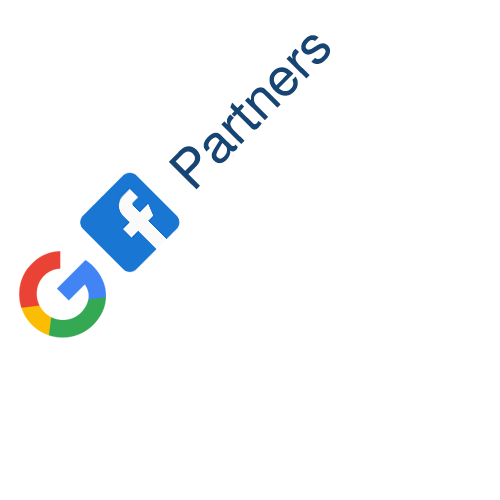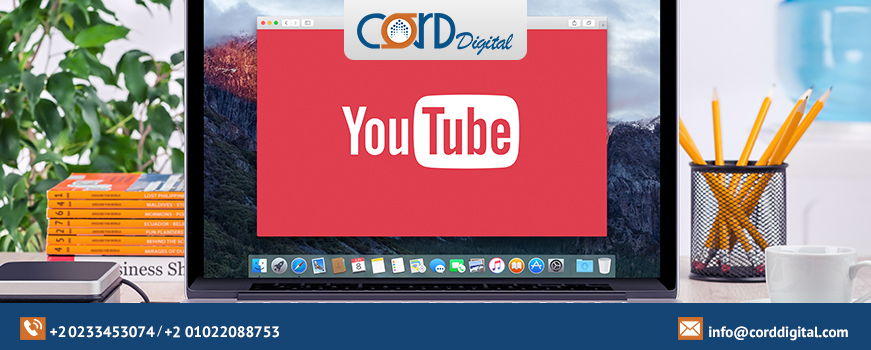
e-marketing and network marketing
e-marketing and network marketing
More

YouTube has begun releasing a new design for Android application to several users around the world, bringing some visual changes and functionality. The main change was made in the bottom bar of the app, with the main parts and the application navigation system remaining unchanged.
The tabs at the top of the program have been replaced by a white bar at the bottom, showing icons and texts that serve as a shortcut to the Start, Enroll, and Library sections. Whenever you swap one tab for another and then go back to the one you were already browsing, the position you were previously it will be remembered by the app, allowing you to continue to see the content lists exactly where you left off.
For video thumbnails to continue to be displayed when you search for other content even with the new bottom bar, the video upload button has been moved to the top bar and is now located next to the search icon. To the right of that same symbol, the user profile image is now located, allowing you to have quick access to your account and general settings.
The update is now available to everyone, including the Egyptian version of the YouTube app.
Read more about Weekly Marketing Newsletter. \ Best Online marketing company in Egypt

This Tuesday, Google Maps tool for viewing places in 360 degrees is doing 10 years and in that time, went through some good changes.
In 2004, Alphabet's current CEO, Larry Page, started the prototype of the mapping car. Accompanied by a company team, they put cameras in a van, along with a bunch of technological trinkets to make it work.
Google Street View was launched in May 2007 to enable everyone to explore the world through three-dimensional images.
This made it possible to go beyond the restricted aerial view of before to really "travel" through the cities as if the camera were a pedestrian.
There are many ways to capture images on Google maps today, with cars, bikes, Trekkers, trolleys, snowmobiles, among other adaptations, such as boats and camels. Even your smartphone can make 360-degree registrations.

Intel announced earlier this year at CES 2017 a full mini-computer the same size of a credit card, the Compute Card. After that, no more information about the novelty and now the company gave more details on the release date, scheduled for August this year.
The device has all the basic components of a PC, such as seventh-generation processors, Celeron or Pentium; 4 GB RAM, 64 GB or 128 GB storage, Bluetooth wireless connectivity, and WiFi, among others.
The gadget has dimensions of 95mm x 55mm x 5mm and works with Windows 10. It is designed to allow integration with other types of hardware such as TVs, monitors, dock and whatever else the imagination allows.
To accompany the device, the company also launches the Compute Card Device Design Kit, with manuals for developers.

A new mechanical glove developed by Washington University Medical University in St. Louis promises to aid in the recovery of stroke victims. Known as Ipsihand, the novelty connects directly to the brain, to help patients "relearn" how to properly control their hands.
The device assumes both the shape of a glove and a bracelet and is combined with a non-invasive electroencephalography cap and a computer that amplifies the transmitted signals.
"We demonstrated that a computer-brain interface using an undamaged hemisphere can achieve significant recovery in chronic patients with strokes," said Eric Leuthardt, a senior co-author of the study.
Ipsihand works from the principle that your hands are controlled by opposing hemispheres of the brain: the left part controls your right hand, for example. In a healthy organ, the controls made by the left hemisphere are triggered a fraction of a second before by the right, which indicates that there is the intention of movement - and is precisely the sign of that intention that serves as the basis for the operation of the mechanical hand.
Great results
During the testing phase of the program, 10 of the 13 patients recruited were able to complete the task of using Ipsihand at intervals ranging from 10 minutes to two hours a day for five days a week - in all, the experiment lasted 12 weeks. After the end of this period, patients increase their performance by 6.2 points on a scale of 57 points linked to different aspects of mechanical abilities.
We believe that as the technology for detecting brain signals is improved, even more, victims of stroke will be able to accelerate the recovery of motor functions.
Virtual and augmented reality technologies that use some level of artificial intelligence can now be used by the general public through applications such as Snapchat, Instagram and many others that play with the face image of users. Few people know that this type of technology is the result of extensive and in-depth studies that may have other functions.
The result of a survey carried out at the Czech Technical University in Prague has impressed by its perfection in applying textures taken from faces in paintings or statues, for example on the faces of users in front of a camera.
In real-time
Even with the figures in motion, the artificial intelligence developed by the team of Professor Daniel Sýkora can capture the register and apply the referring design before the face of the user. They were also responsible for other facial movement studies that made it possible, also on video, to simulate what a person is saying something when he or she is not impressive.
The software created by the researchers uses a series of technologies, such as machine learning and an impressive ability to detect both the face in contrast to the background and the separate elements of the face such as eyes, nose, mouth, etc. This is done with the user's face and, what is more difficult, with the captured image of the painting or statue.
